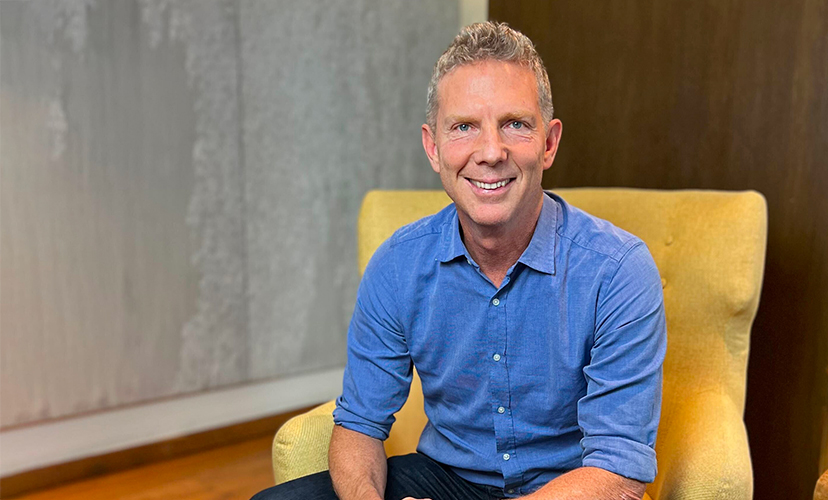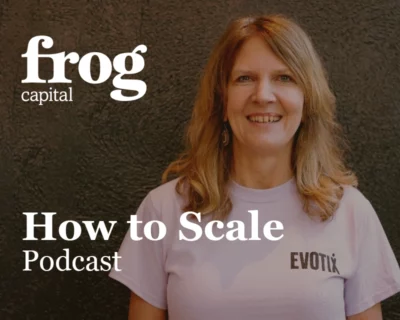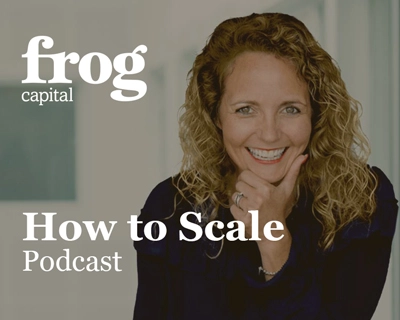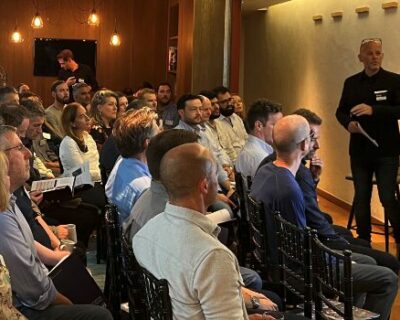Here at Frog, we are investing in cutting edge technology that has the potential to make a real positive social impact.
In the first of this series of three articles, I will clarify what impact investment is, followed by the second instalment where I will explore what impact impact investment is currently having. Finally I will cover the importance of technology as a harbinger of things to come.
At Frog, we are making impact investments alongside and on behalf of our investors, who comprise institutional investors, HNWs and Family Offices. Impact investment is of huge importance to them all, with some proactively championing it and taking wider strides to make impact investment, simply…investment. With the help of some investors and managers in this field, I have looked into its importance and its evolution.
Our current portfolio includes:
- Sofatutor, an ed-tech platform providing learning to children through fun and interactive digital content;
- Vulog, a global leader in technology that enables car-sharing and mobility, to fundamentally alter the way we travel and part of the wider car industry revolution;
- Azimo, a digital money remittance platform, that is critical for migrant communities to transfer money across borders more cheaply and efficiently through a digital infrastructure; and,
- McMakler, Germany’s largest hybrid Real Estate agent, making the process of buying and selling a house far more efficient, less stressful and successful.
The push and the pull
In recent years, with greater emphasis from society, regulators and investors (‘the push’), there have been various principles and frameworks created to impose upon managers the requirement to take into account social and ethical implications from investment decisions. However, there is something more fundamental happening; a convergence of impact investment and straight-forward investment, as social and environmental factors become more intrinsic to good business performance and, therefore, investment reward (‘the pull’). Hitherto, investors have had to do what they can to invest directly into companies and/or a small handful of funds exclusively targeting environmental and social goals. However, with emerging technology and changing consumer and corporate behaviour, good investment decisions can make a positive social and environmental difference even when seeking superior financial returns.
What is impact investment?
‘Impact’ investment is the latest evolution of investment for good cause. It strays between professional investment with a focus to generate strong returns and good old-fashioned charity with a focus to make a positive difference regardless of financial return. A variety of institutions, principles, objectives and acronyms have been created to clarify and contextualise the hybrid form of charitable investment. The Global Impact Investing Network (GIIN) defines it as: ‘investments made with the intention to generate positive, measurable social and environmental impact alongside a financial return.’
There are core characteristics that make an impact investment, such as:
- Intention
- Return expectations
- Impact measurement
There have already been various measures introduced within the investment industry to make custodians of capital become more environmentally and socially responsible; principles and guidelines to which investors can judge and hold their managers responsible. The so called ‘ESG’ (‘Environmental’, ‘Social’ and ‘Governance’) framework is well established and well-intentioned; although, some sceptics would argue that managers often make investment decisions and then look to retrospectively make an investment ‘ESG compliant’. The United Nations Principles of Responsible Investing (PRI) rightfully set out various actions that managers agree to follow with the aim of being more socially and environmentally responsible, mainly relating to the incorporation of ‘ESG’ into their investment decision making.
Another concern is that large corporates can potentially hijack smaller projects or invest in smaller businesses that are making a positive social and/or environmental difference for commercial gain. There are companies and organisations out there who aim to protect younger companies and projects being hijacked by larger companies looking to take advantage and exploit such positive affiliations. Mike Urwin, who advises a respected impact investor and family office, pointed towards a company called Purpose, who actively encourages non-stewardship of companies whose mission is to make positive social and environmental impacts on the world. Their concern is that the main mission or offering of companies/projects is lost out.
I had the fortune of speaking with Richard Azarnia, an impact investor and strong advocate of social/environmental improvement, who founded Mlinda, a foundation to advance causes that promote welfare and sustainability. He viewed current impact investing as a necessary first stage in overall progress of positive social and environmental change. So far, investments and projects have been supported and exploited only if commercially viable projects; impact investment has simply been championed by a small section of society.
This was corroborated by Harry Catchpole, Founding Partner of Tribe Impact Capital, a new generation impact wealth manager that lines up its clients’ values and financial objectives with the impact goals they’d like to achieve. There are many businesses who are the poster child for various social and environmental campaigns but have various revenue streams deriving from what could be perceived negative impact for society or the environment. What needs to be considered, Harry argued, is whether they are making a ‘net-positive impact’. This creates progress and investors can feel they’re making a difference at the same time.
In the second instalment I will explore what impact impact investment is currently having. Click here to read it now.












